Video: How Computers Work: What Makes a Computer, a Computer?
Questions to think about
- What made computers different from machines that came before them?
- Think of something you do on the computer. What sort of input, output, storage, and processing are happening?
- Chapters
- descriptions off, selected
- captions settings, opens captions settings dialog
- captions off, selected
This is a modal window.
Beginning of dialog window. Escape will cancel and close the window.
End of dialog window.
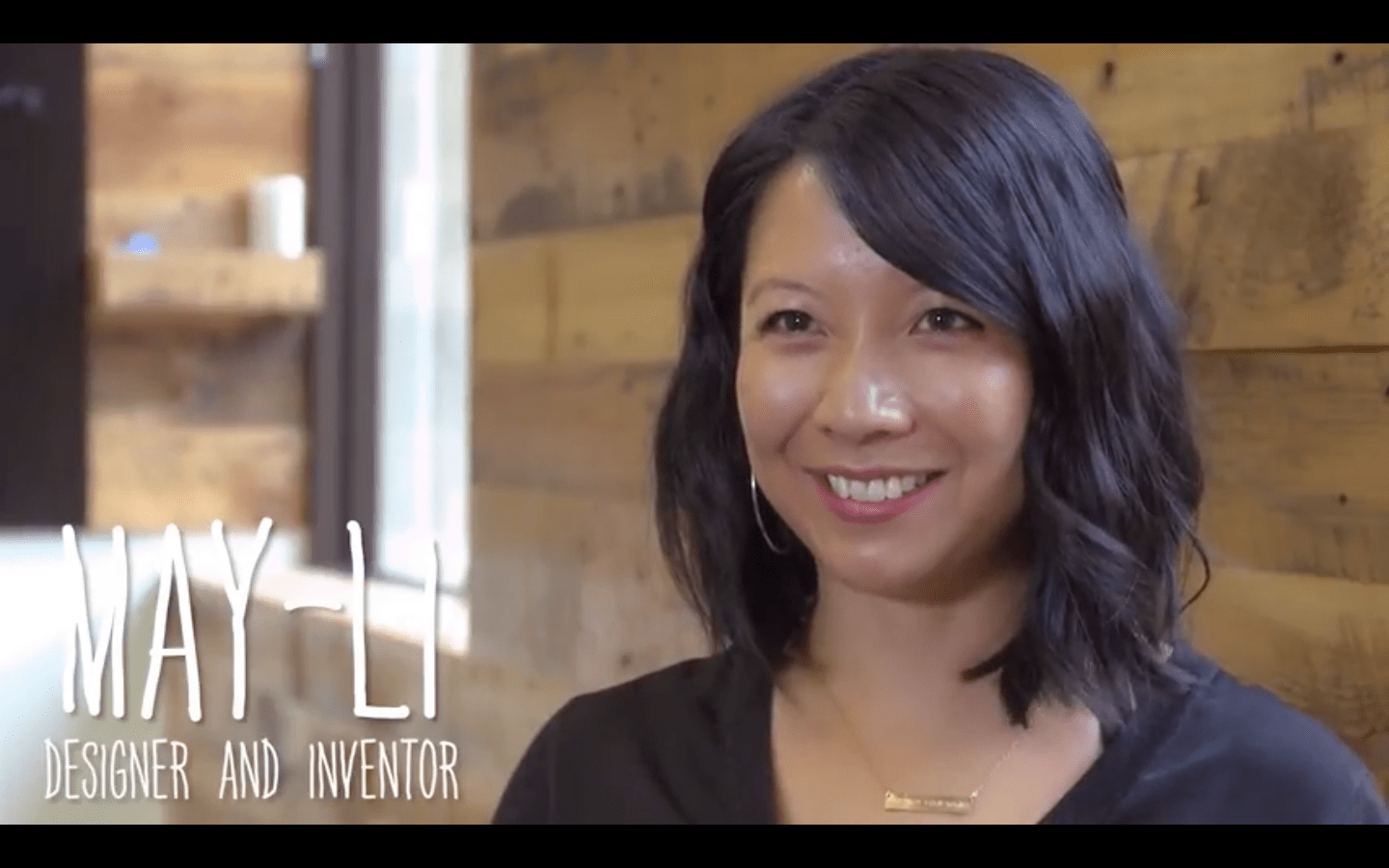
My name is May-Li Khoe and I'm a designer and an inventor. So some of the things I've designed have been at Apple, and now I design products for kids to use so that they can have an easier time in school. My other jobs include DJ-ing and dancing.
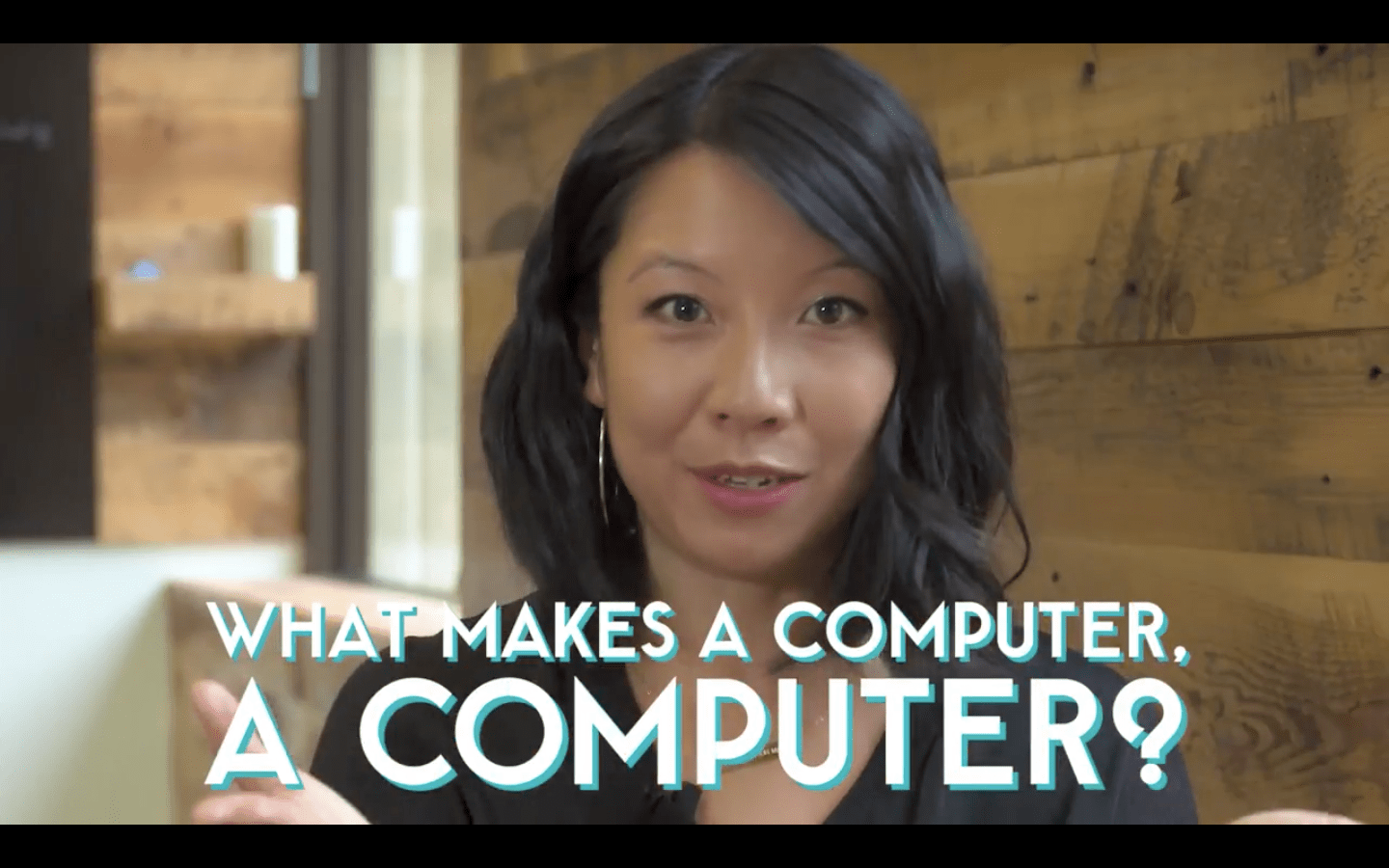
Computers are everywhere! They're in people's pockets, they're in people's cars, people have them on their wrists. They might be in your backpack right now. But what makes a computer a computer? What does make a computer a computer anyway? And how does it even work?
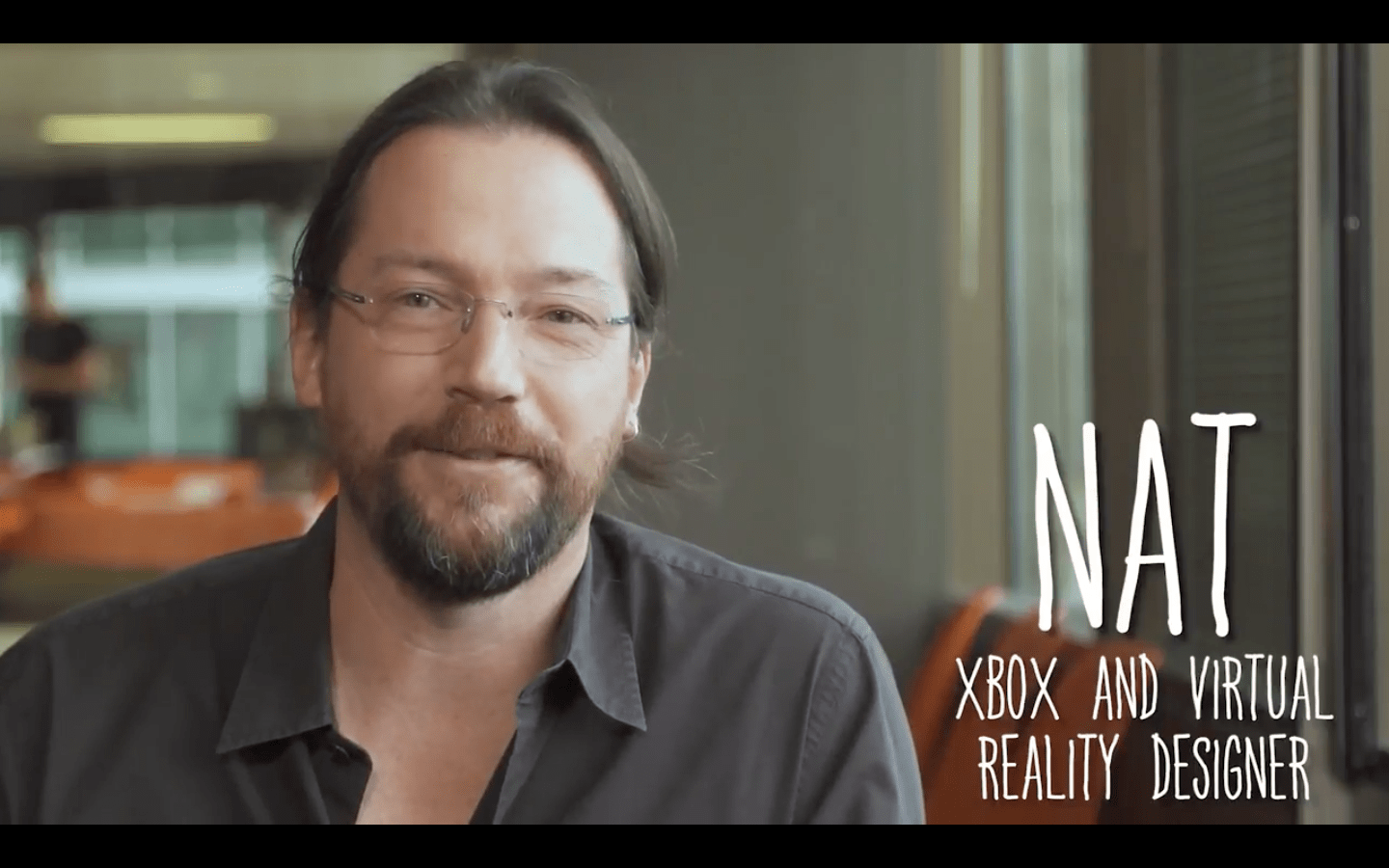
Hi I'm Nat! I was one of the original designers of the Xbox. I've been working with computers since I was maybe seven years old and now I work on virtual reality. As humans, we've always built tools to help us solve problems. Tools like a wheelbarrow, a hammer, or a printing press, or a tractor-trailer.
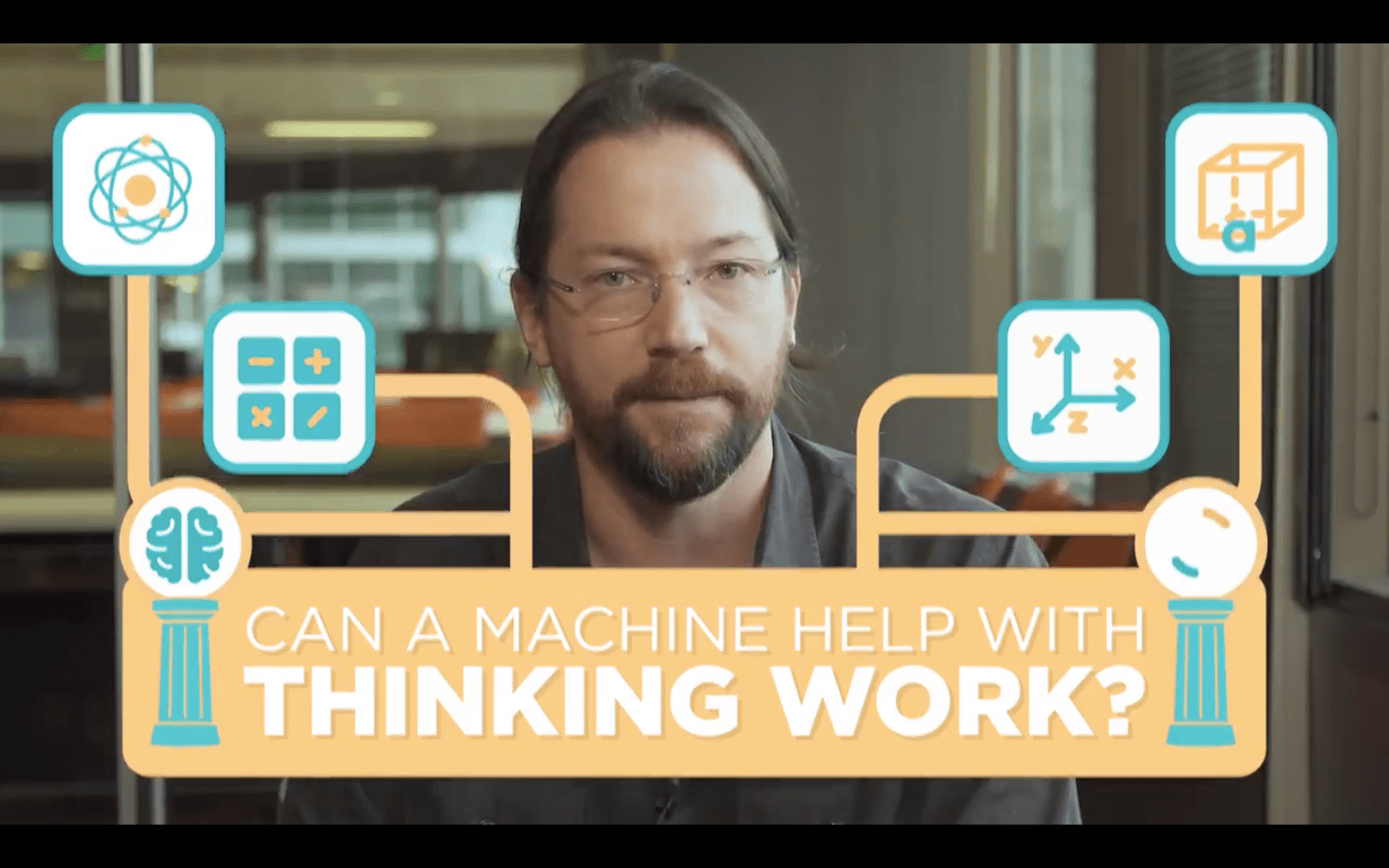
All of these inventions helped us with manual work. Over time, people began to wonder if a machine could be designed and built to help us with the thinking work we do, like solving equations or tracking the stars in the sky. Rather than moving or manipulating physical things like dirt and stone, these machines would need to be designed to manipulate information. As the pioneers of computer science explored how to design a thinking machine, they realized that it had to perform four different tasks.
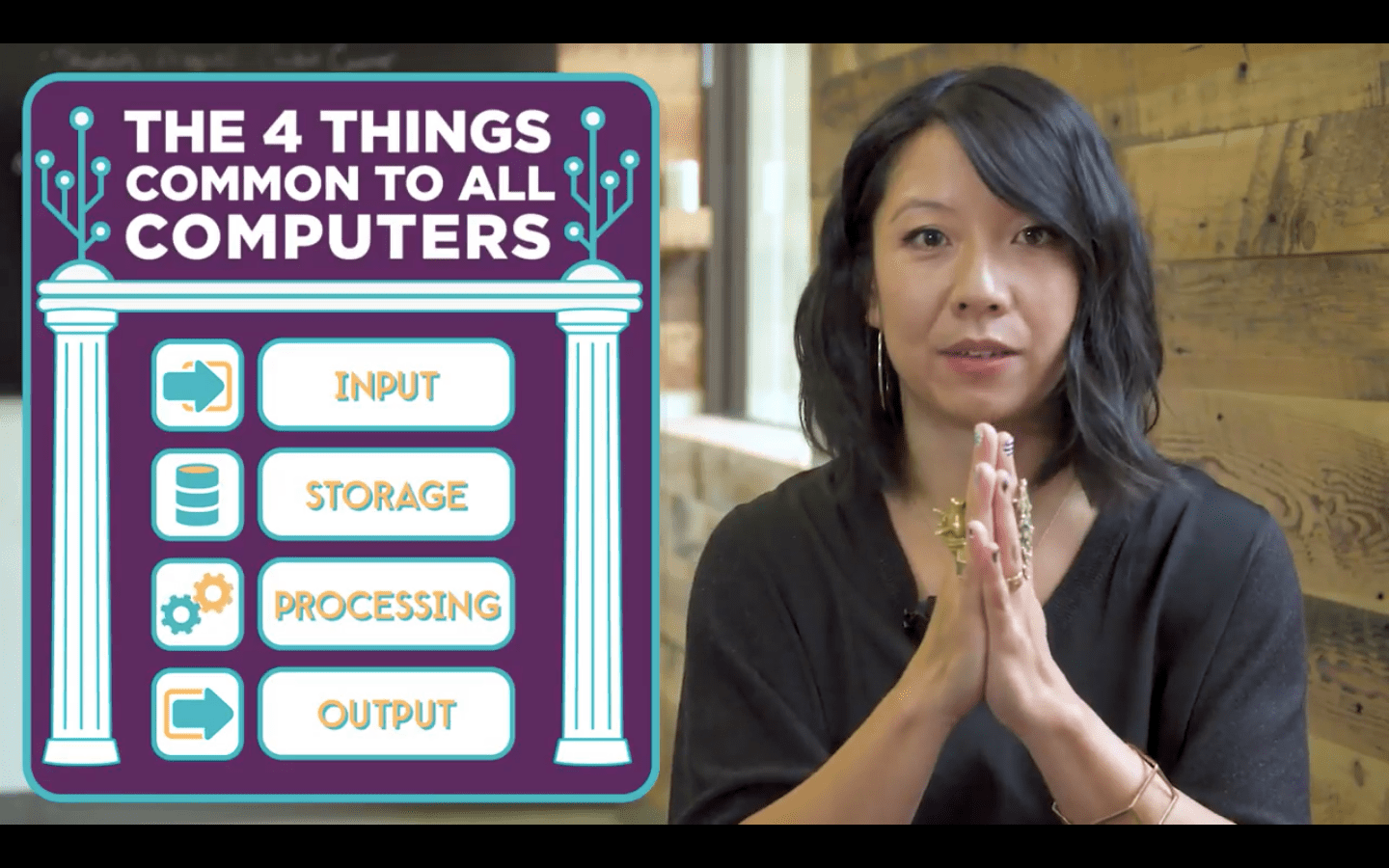
It would need to take input, store information process it and then output the results. Now this might sound simple, but these four things are common to all computers. That's what makes a computer a computer.
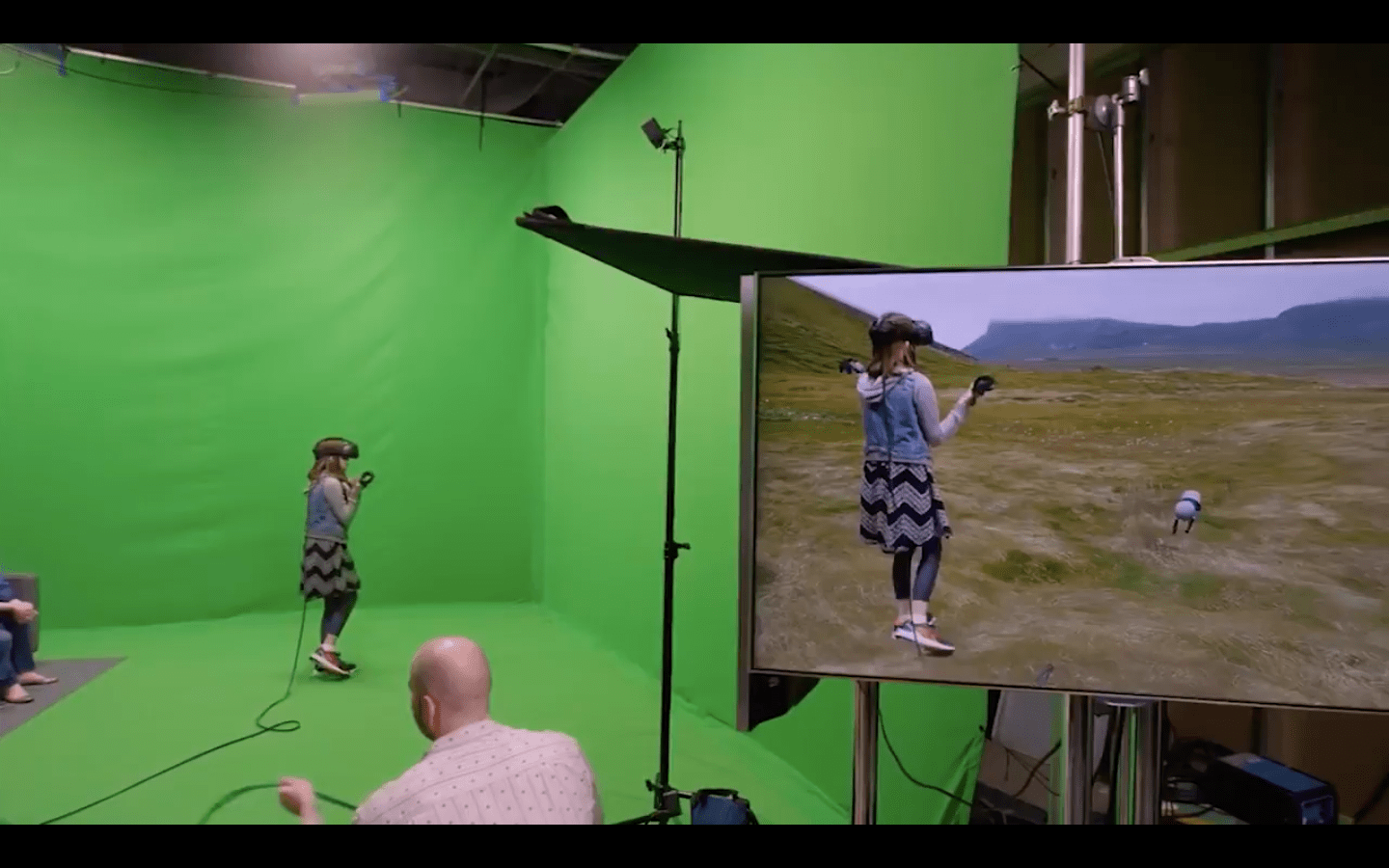
Computers started out as basic calculators, which was already really awesome at the time, and they were only manipulating numbers back then. But now we can use them to talk to each other, we can use them to play games, control robots, and do any crazy thing that you could probably imagine. Modern computers look nothing like those clunky old machines but they still do these same four things.
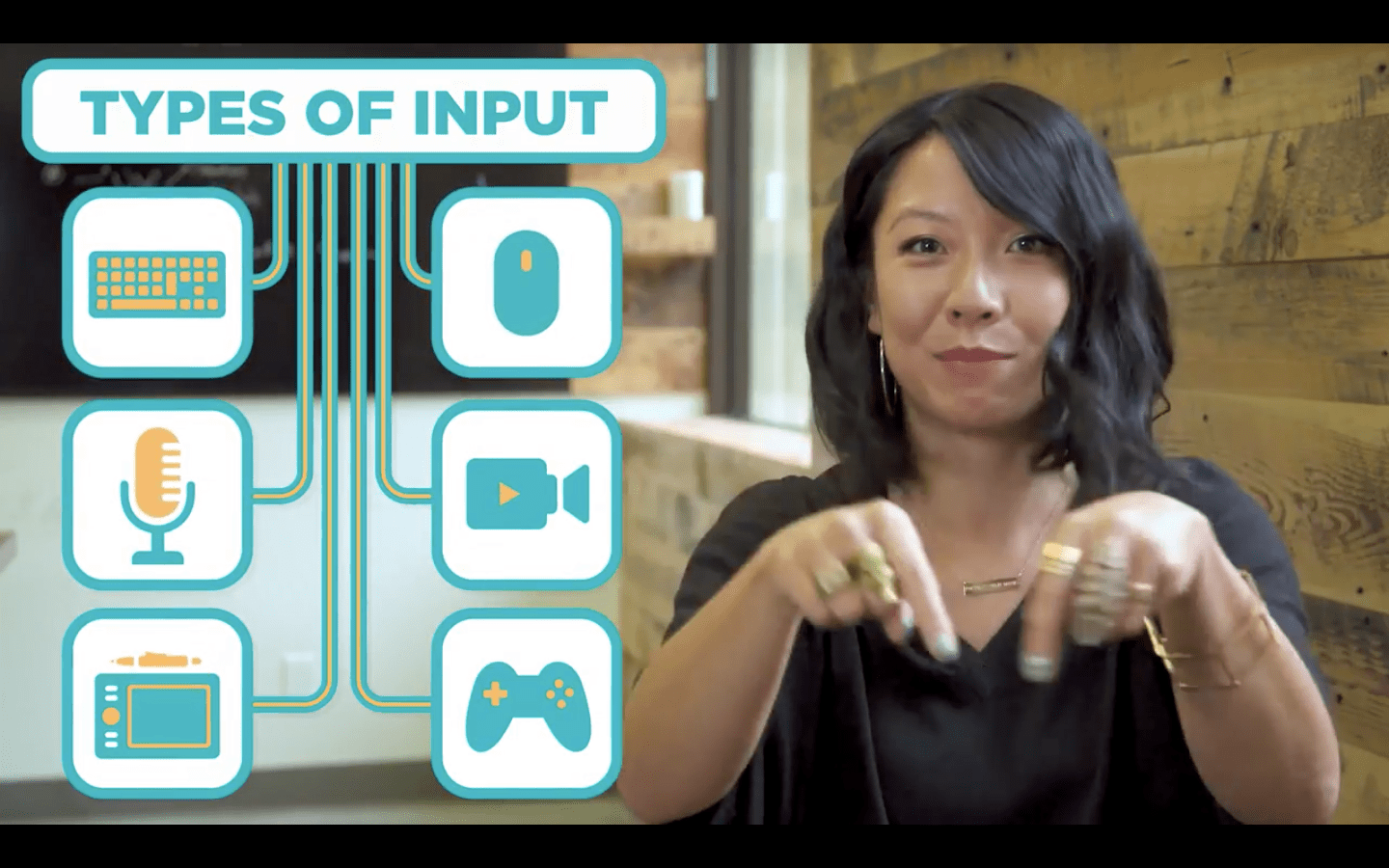
First, we're going to talk about input. You can tell computers what to do with the keyboard, you can tell them what to do with the mouse, the microphone, the camera. All these different inputs give a computer information, which is then stored in memory.
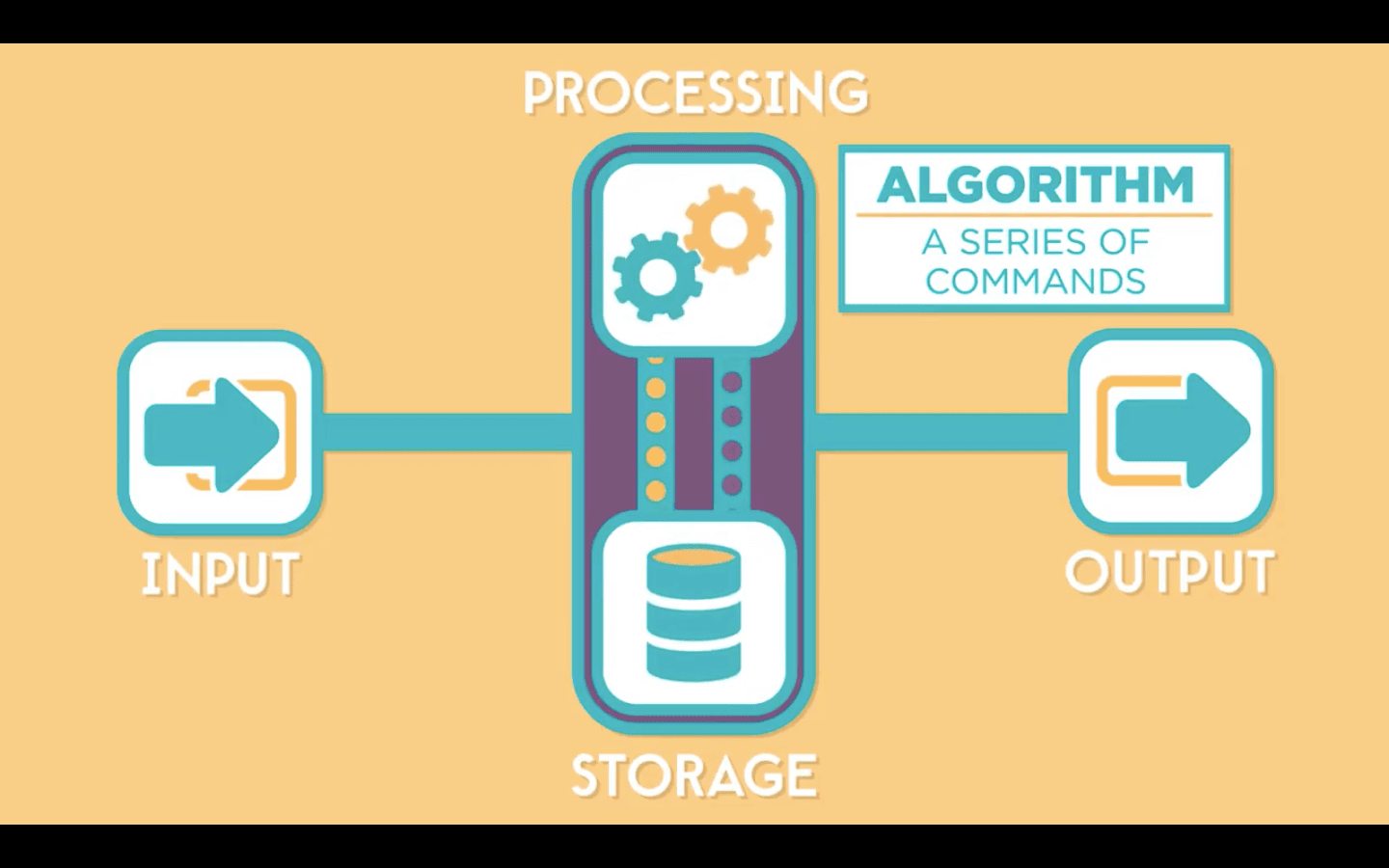
A computer's processor takes information from memory. It manipulates it or changes it using an algorithm, which is just a series of commands. And then it sends the processed information back to be stored in memory again. This continues until the processed information is ready to be output.

How a computer outputs information depends on what the computer is designed to do. A computer display can show text, photos, videos, or interactive games -- even virtual reality! The output of a computer may even include signals to control a robot.

And who knows what the computers of tomorrow will be like? My hope is that you get to help decide what you want the computers of tomorrow to look like. But across all computers, regardless of the different types of technology they use, they're always doing those same four things. They take in information, they store it as data, they process it, and then they output the results.
